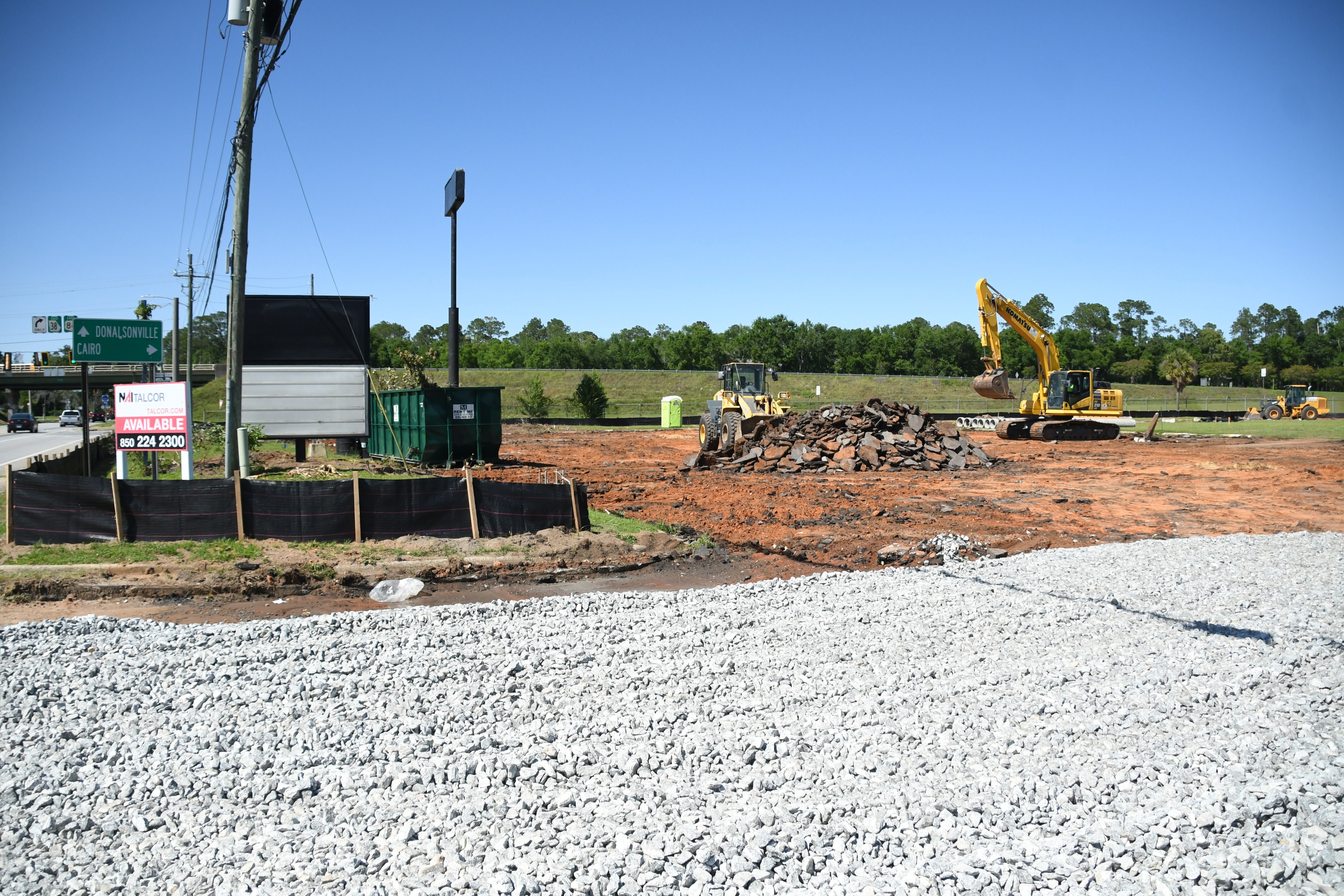Critical choices precede retirement
Published 2:31 pm Friday, April 2, 2010
As retirement looms, crucial financial and lifestyle decisions you may have put off for years suddenly assume more importance. You no longer have decades to decide whether you’ll keep a large house with its upkeep costs, whether your current level of debt is appropriate or whether to pay off your mortgage.
Before you actually hang up your career, it’s time to do some real planning. You might begin with lifestyle decisions, although these, to a large extent, depend on the financial foundation you’ve built. While these are personal decisions, successful retirements share at least one common element—they are rooted in reality, not fantasy.
Consider some possibilities.
Will you plan to relocate?
Or do developing family or financial considerations make that idea less attractive?
Do you need to maintain and insure more than one vehicle?
Do you expect to travel extensively in your early years of retirement, when you may be healthier and more likely to accept the rigors of travel?
Finally, can your lifestyle plans be supported by your portfolio?
If not, now is the time to make adjustments rather than later. Anecdotal evidence shows that retirees who scale back their expectations are far happier in retirement than those who wake up already retired and find they can’t really do all that they had planned.
Retirement bottom line
You’ve been marshaling your finances for years, and while you may have had intermediate goals, funding a pleasing retirement lifestyle has probably been a long-term objective. As you near your last day on the job, it’s time to make adjustments.
First, you may want to realign your portfolio’s asset allocation, especially if you’ve been an aggressive investor with a high tolerance for risk.
In retirement, your time horizon is shorter, recovering from major market downturns is more difficult—and you’ll probably want a regular income stream to pay your bills.
Your retirement could be lengthy, so if your wealth is sufficient, you may consider dividing your portfolio into two parts. One would be devoted to producing a regular income while the other would be allocated for growth. Ideally, this part of your portfolio would help you overcome the effects of inflation, which, historically, at least, has moved along at approximately 3.1 percent per year.
As you calculate how much you’ll need, keep in mind that retirement specialists suggest drawing down no more than 4 percent or 5 percent of your portfolio each year, to give it the best chance of supporting a long retirement.
Remember, part of your annual income will come from any required minimum distributions (RMDs) the IRS requires you to take from your traditional IRA assets. The RMD requirement was suspended for 2009, but it is back in effect for 2010.
No matter what your decisions, the time to work toward them is before your retirement party. Please call me if you have questions or need assistance in your planning.
Asset allocation does not ensure a profit or protect against a loss.



